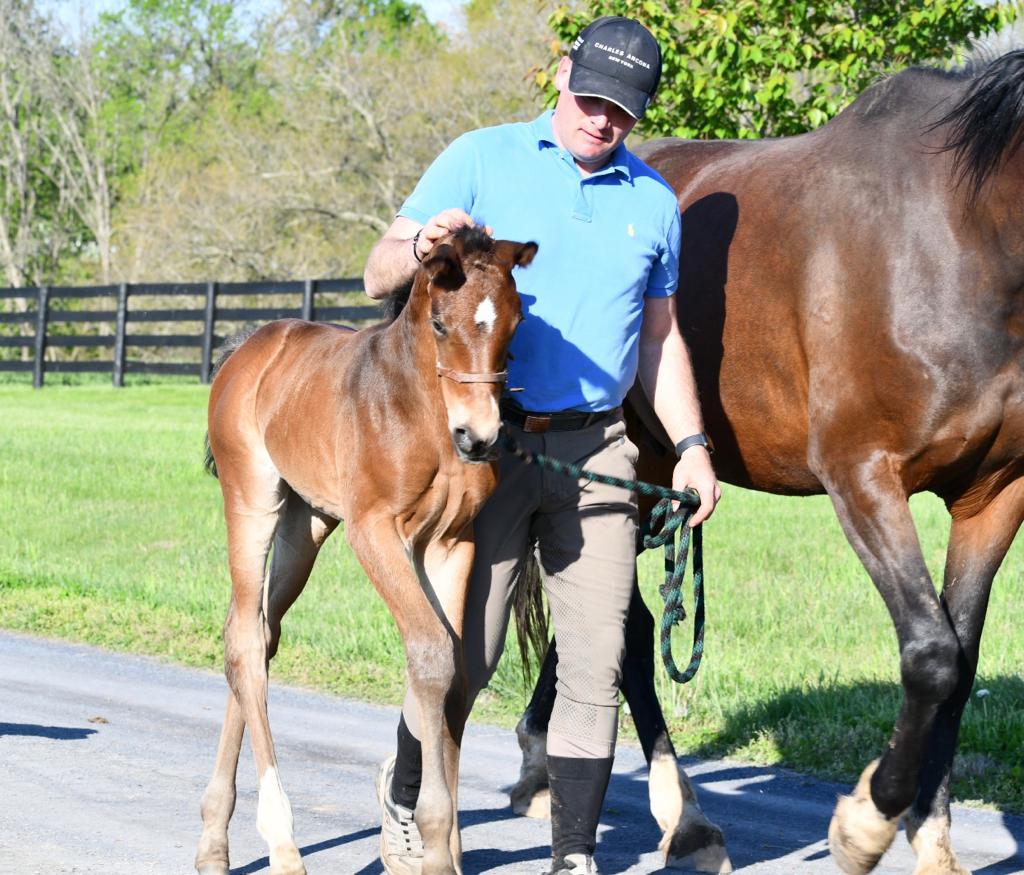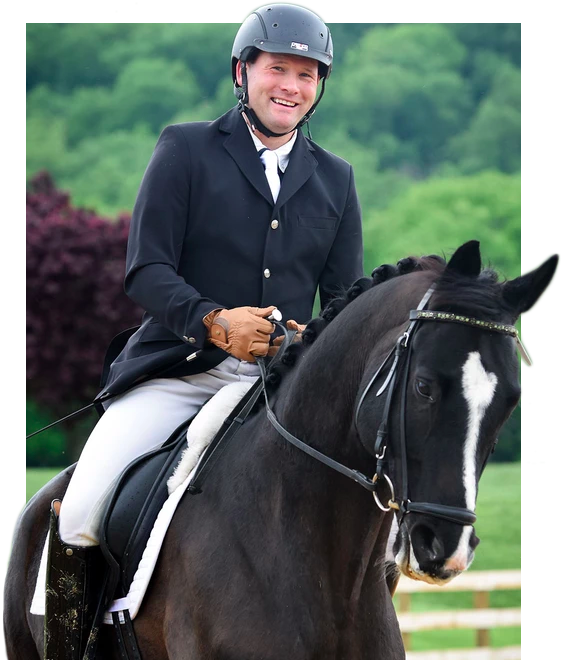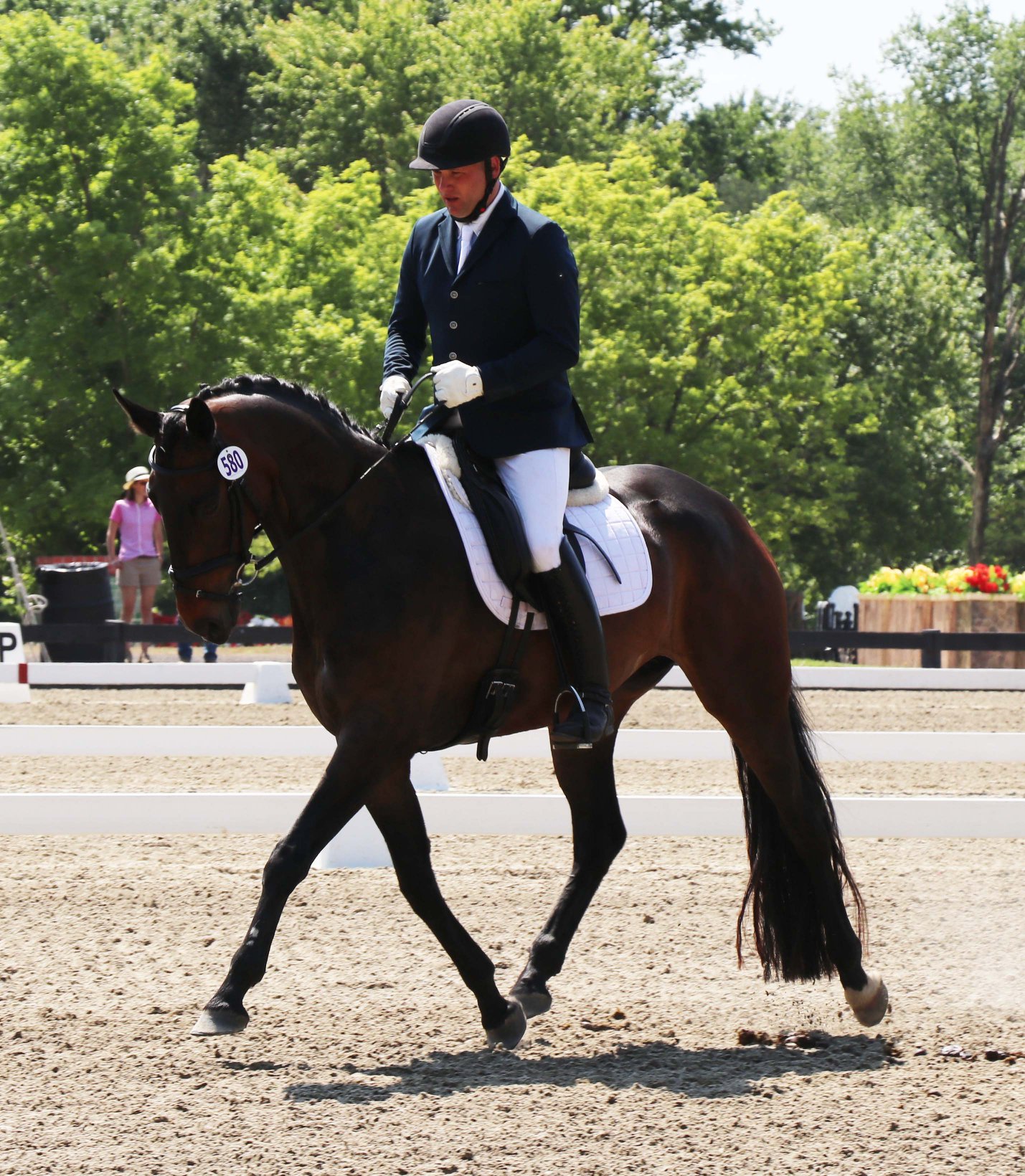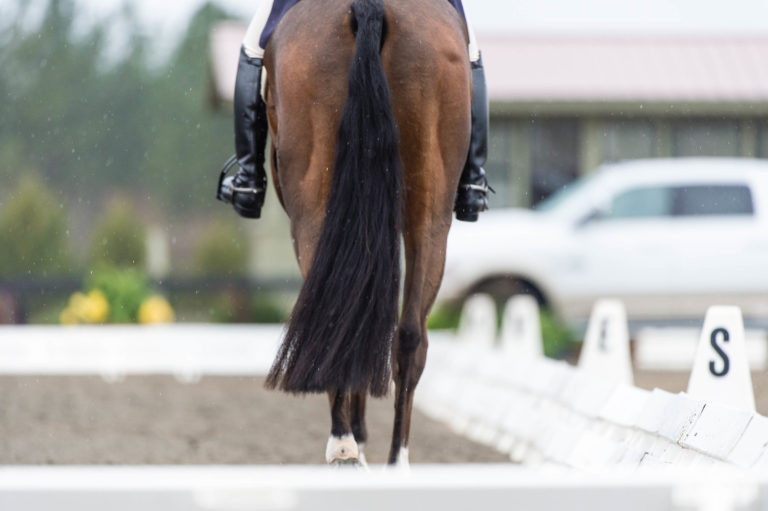Performance Sporthorses breeder and Grand Prix rider Wanja Gerlach breaks down helpful tips for those trying to decide which stallion to breed to your mare. Gerlach understands the stress of choosing the right match for your mare, but has broken down the basics in this straightforward and digestible article. For further questions about breeding of Performance Sporthorses, visit performancesporthorsesllc.com.

1. Budget. When choosing the right stallion, the first thing you must consider is how much money you are willing to put toward the breeding and determine the stallions who are in your market. Ensure that the service fee is set at market value and not overpriced.
2. Pedigree of the stallion and your mare. It is very important that you do your research on both the stallion’s pedigree and on your mare’s. Make sure that the stallion will be a suitable match for your mare and that their pedigrees will be compatible. For example, there are certain lines you would not want to line-breed, but there some that you can. You can double up on D-lines (Donnerhall) and R-lines (Rubinstein), depending on certain other factors within the horses’ pedigree.
3. Make a list of the positives and negatives of your mare. Know your mare well—her positives and negatives—so you can find a stallion who can best complement her. If needed, you can always ask a professional to assess your mare as well.
Do the same for each stallion you consider. The same applies for the stallion in observing his strengths and weaknesses. If your mare has poor conformation, will the stallion correct this so that the foal does not inherit that? It is important that you know both the positives and negatives of you mare and the stallion so you can ensure that you are making the proper decision.
4. What do you want to improve? After learning the strengths and weaknesses of both the mare and the stallion, you will have a better understanding of what you hope to improve in your mare, and whether the stallion can offer that. You want to create the best version of both the dam and stallion when breeding for your foal.
5. Who are you breeding for: a professional or Adult Amateur? When choosing the stallion, keep in mind what your intentions for this foal will be. If you are planning to breed for an Adult Amateur, then the considerations of the stallions will vary from that of which you would consider if you were breeding for a professional. Take a close look at the lineage and ensure that you are considering your personal plans for the foal when picking the proper stallion.
Also, some lines produce a lot of leg action (which many people seem to favor these days), but often with that trait you will lose some of their movement through their backs. Additionally, temperament is also paramount. If you’re an amateur looking to breed your next partner, you should look for stallions who are known to produce willing and trainable offspring. Coupling huge movement with a difficult temperament can make for a tricky horse for any rider.

6. What information do you have from the mare’s offspring? If the mare has previously had any foals, take a moment to look at what their records are or what their temperaments are like. If you have a chance to meet any of them, this would be an ideal time to see what your mare can produce and what type of stallion to pair her with, so you are breeding for the very best.
7. What information do you have from the stallion’s offspring? Find out how many mares the stallion has served and what his foals are like. Did he produce quality foals? What traits did he pass onto them? If it is possible, it is a good idea to try to meet some of the stallion’s offspring so you can get a good feel of their temperament.
8. What do you want to improve? After observing the previous offspring from both the mare and the stallion, you must decide what aspects of the offspring you liked and what you did not like. Making a list of positives and negatives will help to determine which stallion may be the best fit to create the most ideal foal.
9. Are you planning for a quick resale or the long term? If you have a proven mare with great bloodlines, you may consider breeding to get a quick sale prospect. In this case, you would want a stallion with top bloodlines who is proven and desirable. If you are looking for something to produce and develop a bit to see what it will be and how it will mature with training, you can take a risk easier on a stallion who is very nice but maybe not as proven.
Additionally, the age of the stallion will also be a factor. If you opt to go with a younger stallion, you will likely have less data on what his offspring will be like. But if you’re looking to sell the foal, it might be a good option to go with an up-and-coming and trendy stallion who’s showing success in the show ring. However, if you’re breeding for yourself and you want to have as much information as possible about the stud and his offspring, then consider an older stallion. Often, older stallions become popular when their offspring hit the FEI level. Those stallions may not have produced offspring that excelled in Young Horse classes, but when they turn 8 or 9 years old, they blossom with the right education.
10. Should you breed your mare with fresh, cooled or frozen semen?
When choosing between breeding with fresh, cooled or frozen semen there are a few different factors to consider.
With fresh semen, it is necessary for a mare to be in close proximity to a stallion. For this type of breeding, the semen is collected from the stud and inserted directly into the mare—a common practice at many stud farms. The second option is cooled semen, which can allow more distance between a mare and stallion as long as she can be bred within 24 to 48 hours after collection. Chilling the semen increases the lifespan of the semen and allows it to be shipped to a mare if she is at a different location. Semen is mixed with an extender, which provides nutrients and antibiotics, and cooled prior to shipping. For frozen semen, it is collected, extended and then frozen in liquid nitrogen, rather than chilling, allowing indefinite storage.
Most of the time, with older, more well-known stallions (or deceased stallions) you will only have the option of frozen. However, many stallions who offer fresh semen options are younger or are currently competing.
With frozen semen, your choice of stallions is extremely widened as it can be shipped globally. However, you must consider the quality of the semen and the availability of it. Plus, not all mares are good candidates for frozen semen, especially those who are older. For those mares, you limit yourself to a small block of available stallions with fresh.
When deciding between fresh versus frozen, you might also be considering costs. With frozen, you don’t have any on-demand collection costs from the stallion owner – the semen is already collected, stored and ready for use. The downside is you will likely have more veterinary expenses because before inseminating the mare, she will need to be palpated and undergo an ultrasound on numerous occasions to determine the exact time of ovulation, ensuring the best chance for a pregnancy. Likely, this includes an overnight stay or two at the vet clinic.
With fresh semen, the stud fee is often higher than what you’d pay for doses of frozen semen, and you’ll also pay for collection costs. Plus, certain issues can arise. What if a mare is ready for semen and the stallion isn’t scheduled to be collected for several days? What if the stallion is injured or at a show and cannot be collected? What if weather delays the ability of the semen to be delivered before the mare ovulates? These are a few things to consider.
Fortunately, whether you choose fresh or frozen semen, the costs will usually equal out. When utilizing fresh semen, you’ll pay more to the stallion owner for the stud fee, but with the frozen option, you’ll likely incur more veterinary expenses.

Wanja Gerlach is a USDF bronze, silver and gold medalist, and a USDF “L” licensed judge. Performance Sporthorses, LLC, provides breeding needs from stallion service to youngstock raising, as well as dressage training from Young Horse through Grand Prix and stallion preparation for inspection and testing. Gerlach understands that choosing the right stallion can be a stressful process. If you have any questions or would like to learn more about his program, please visit performancesporthorsesllc.com.











